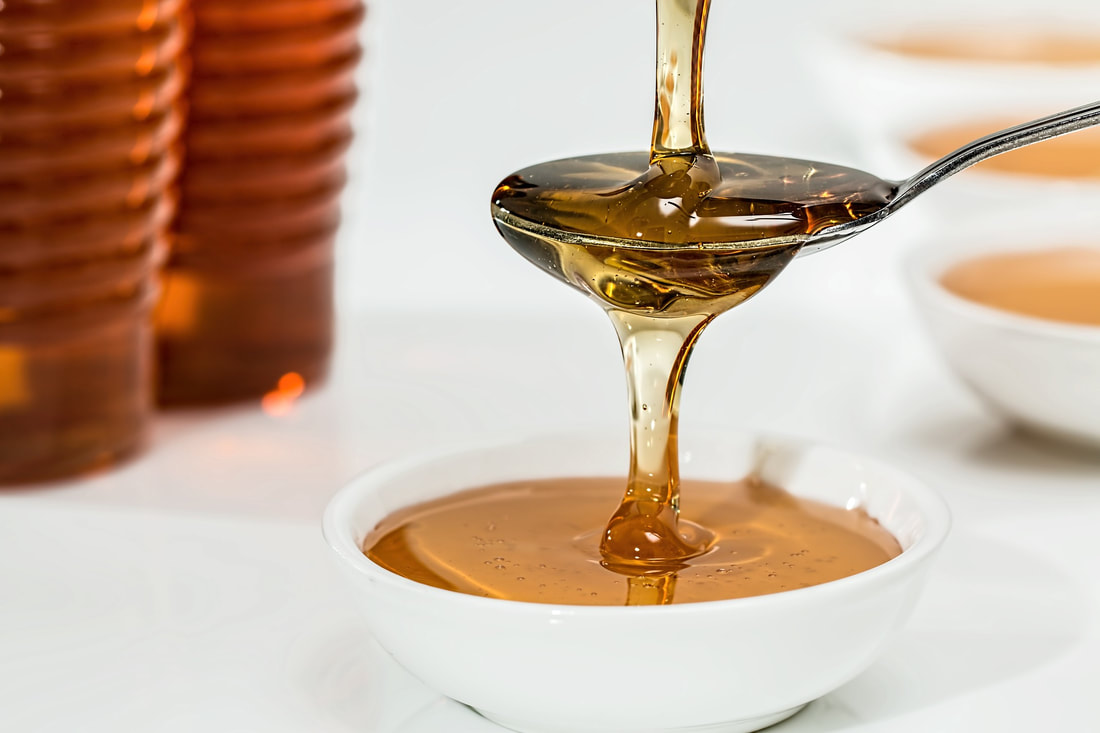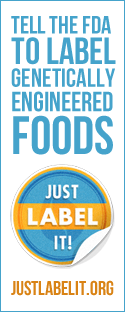|
Honey from across the world is contaminated with potent pesticides known to harm bees, new research shows, clearly revealing the global exposure of vital pollinators for the first time.
Also read, Plastic particles found in tap water samples around the world, study finds. Almost 200 samples of honey were analysed for neonicotinoid insecticides and 75% contained the chemicals, with most contaminated with multiple types. Bees range over many kilometres to collect nectar and pollen, making the honey they produce an excellent indicator of the pesticide pollution across their local landscape. Bees and other pollinators are vital to three-quarters of the world’s food crops but have been in serious decline in recent decades. The destruction of wild habitats, disease and widespread pesticide use are all important factors. Scientists responding to the new work say a crackdown on the industrial-scale use of the nerve agents is urgently needed. The new analysis joins a growing number of highly critical reports on pesticides, including research showing most farmers could slash their pesticide use without losses, a UN report that denounced the “myth” that pesticides are necessary to feed the world, and a UK chief government scientist stating that the assumption by regulators it is safe to use pesticides at industrial scales across landscapes is false. The honey analyses, published in the journal Science, began as a citizen science project when researchers at the Botanical Garden of Neuchâtel, Switzerland, asked people to donate honey collected from around the world between 2012 and 2016. They received hundreds of samples and analysed 198 of known local origin for the five main types of neonicotinoid. Contamination rates were highest in North America with 86% of samples containing one or more neonicotinoid, followed by Asia (80%) and Europe (79%). It was lowest in South America at 57%. Almost half the samples contained a cocktail of the insecticides. “The striking finding is that 75% of our samples had measurable quantities,” said Prof Edward Mitchell at the University of Neuchâtel. “That was surprising to us, since our coverage included many remote areas, including oceanic islands.” Furthermore, Mitchell said: “If you look at the minimum concentration for which a significant negative impact on bees has been found, then 48% of our samples exceed this level.” The researchers said these impacts include damage to learning, behaviour and colony success. “The concentrations are often very low, but we are talking about pesticides that are extremely toxic: something like 4,000 to 10,000 times more toxic than DDT [dichlorodiphenyltrichloroethane],” he said. In June, the largest-ever field trial showed that neonicotinoids damage the survival of honeybee colonies, as well as harming wild bees, and suggested a toxic “cocktail effect” from multiple pesticides. All but two of the samples had total contamination levels below the “maximum residue level” (MRL) allowed for human consumption under EU laws. But Mitchell said there was little published research on the effect of neonicotinoids on vertebrates, though there were some indications of harm. “You can wonder if the MRLs are really good enough – I think this is an open question, ”Mitchell said. Prof Dave Goulson at the University of Sussex, UK, and not involved in the new work, said: “Entire landscapes all over the world are now permeated with highly potent neurotoxins, undoubtedly contributing to the global collapse of biodiversity. It is hard not to feel a sense of deja vu: Rachel Carson was saying the same things more than 50 years ago, but we seem not to have learned any lessons. It is high time that we developed a global regulatory system for pesticides, to prevent such catastrophes being repeated over and over again.” Christopher Connolly at the University of Dundee, UK, said: “The findings are alarming. It is time that these chemicals are heavily restricted for use. In this way, their impact on the environment can be limited and their efficacy against pests preserved for when there is no other alternative option.” Jonathan Storkey at Rothamsted Research in the UK said the situation has arisen as much through the overuse of neonicotinoids as through their chemical properties, which may be more benign overall than older alternatives. “Rather than seeking an outright ban, research should focus on developing strategies for limiting their use,” he said. In 2014, a global assessment of neonicotinoids concluded that their widespread use was putting the global food production system at risk. An updated assessment, to be published in the journal Environmental Science and Pollution Research, found even stronger evidence of the insecticides’ harm: “The consequences are far reaching and cannot be ignored any longer.” Jean-Marc Bonmatin, at the Centre National de la Recherche Scientifique in Orléans, France, and one of the assessment team, said: “The use of these pesticides runs contrary to environmentally sustainable agricultural practices. It provides no real benefit to farmers, decreases soil quality, hurts biodiversity and contaminates water, air and food. There is no longer any reason to continue down this path of destruction.” Three neonicotinoids were banned from use on flowering crops in the EEU in 2013. The European commission has drafted new regulations that would ban these pesticides from all fields and these look likely to be passed in the coming months. “The global neonicotinoid contamination in honey is another reminder that wildlife is threatened by these chemicals around the world, and there is growing momentum in support of a new global solution to ensure that high standards of protection for the environment and people are applied everywhere,” said Matt Shardlow at Buglife UK. SOURCE Damian Carrington, The Guardian
0 Comments
Leave a Reply. |
Advertisement
News & Updates
Stay informed with the latest news around foodservice, agriculture and other related food news. Advertisement Opportunities
|


 RSS Feed
RSS Feed


